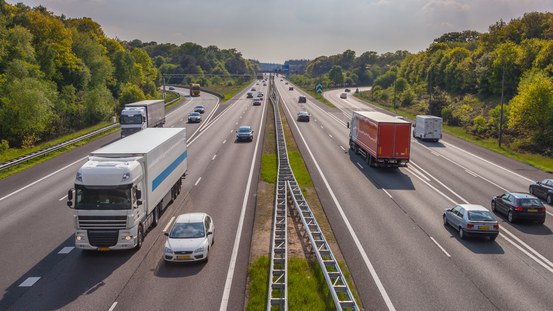Findings on Mobile Source Emission Control Offered Evidence Behind Beijing’s Local Regulation

In June, Beijing Municipal Research Institute of Environmental Protection hosted an online workshop to reveal its findings on key issues of local regulation for mobile source emissions control, a research supported by Energy Foundation China. Experts from CATARC Automotive Test Center, China University of Political Science and Law, Nankai University, China Research Academy of Environmental Sciences, Tsinghua University, Tianjin Academy of Environmental Sciences, and the Legislative Affairs Commission of the Standing Committee of the Hebei Provincial People’s Congress attended the meeting.
The study analyzed major gaps in the existing mobile source regulatory framework, such as the lack of specific rules for the oversight of diesel fueled heavy-duty vehicles or non-road mobile machinery, and necessary updates in the new tools for emission monitoring. The research team offered suggestions for Beijing to form clear requirements, management systems, and methodology for mobile source pollution prevention and control, based on their analysis of local regulation experiences in this area both at home and abroad. They hoped the research findings would provide technical support for Beijing in its upcoming mobile source pollution regulation.
Li Kunsheng, Inspector of the Beijing Municipal Ecology and Environment Bureau, said that the research provided strong scientific evidence for the formulation and introduction of Beijing’s local Rules on the Prevention and Control of Emission Pollution from Motor Vehicles and Non-Road Mobile Machinery. Huang Zhihui, Senior Engineer at the Vehicle Emission Control Center of the Ministry of Ecology and Environment, said that the introduction of the rules provided an oversight framework for tackling the emission pollution from mobile sources and suggested for in-depth studies in the future on the contingency plans for heavy pollution days, volatile organic compound control of motor vehicles, and transportation structure changes, among other aspects.




